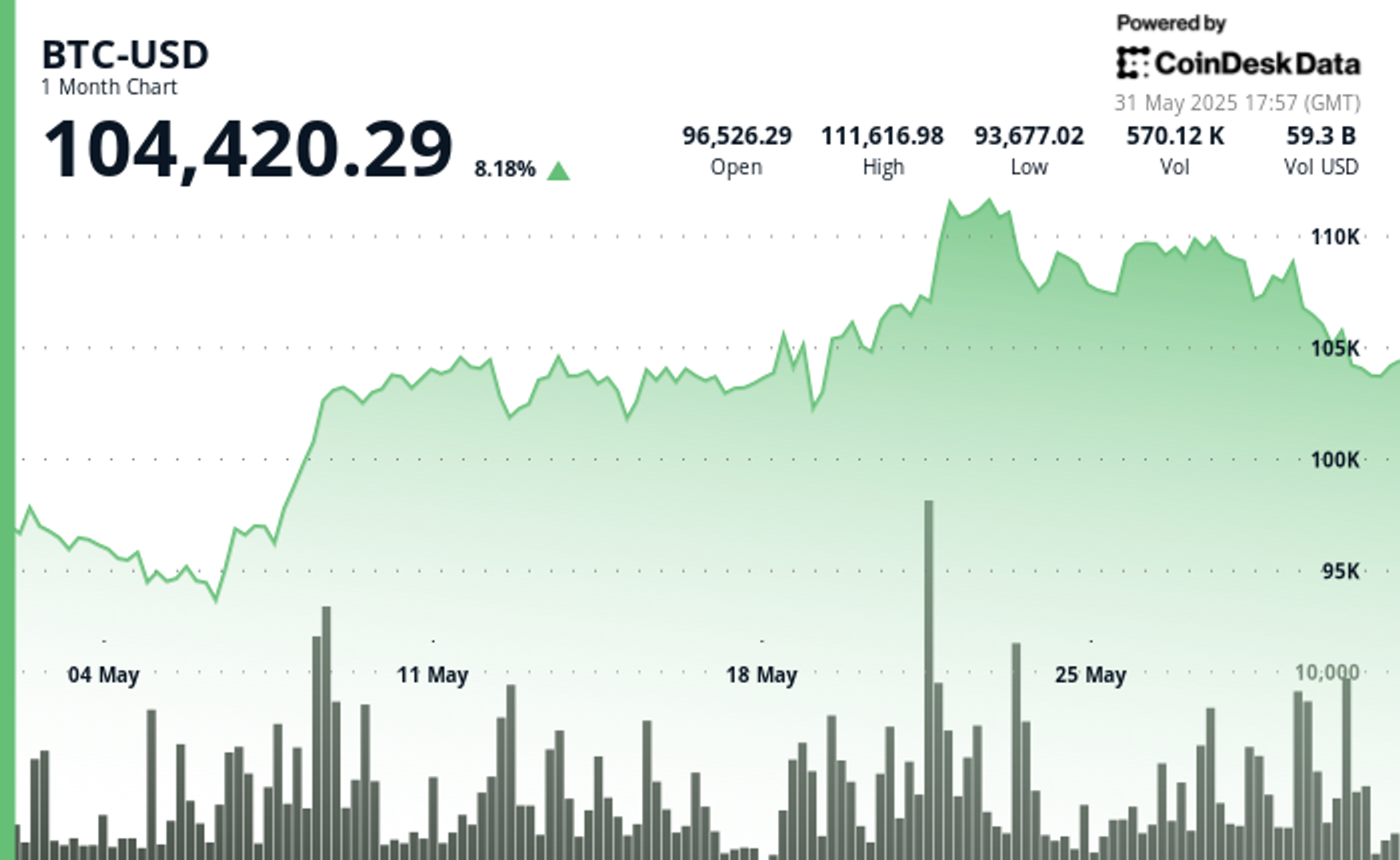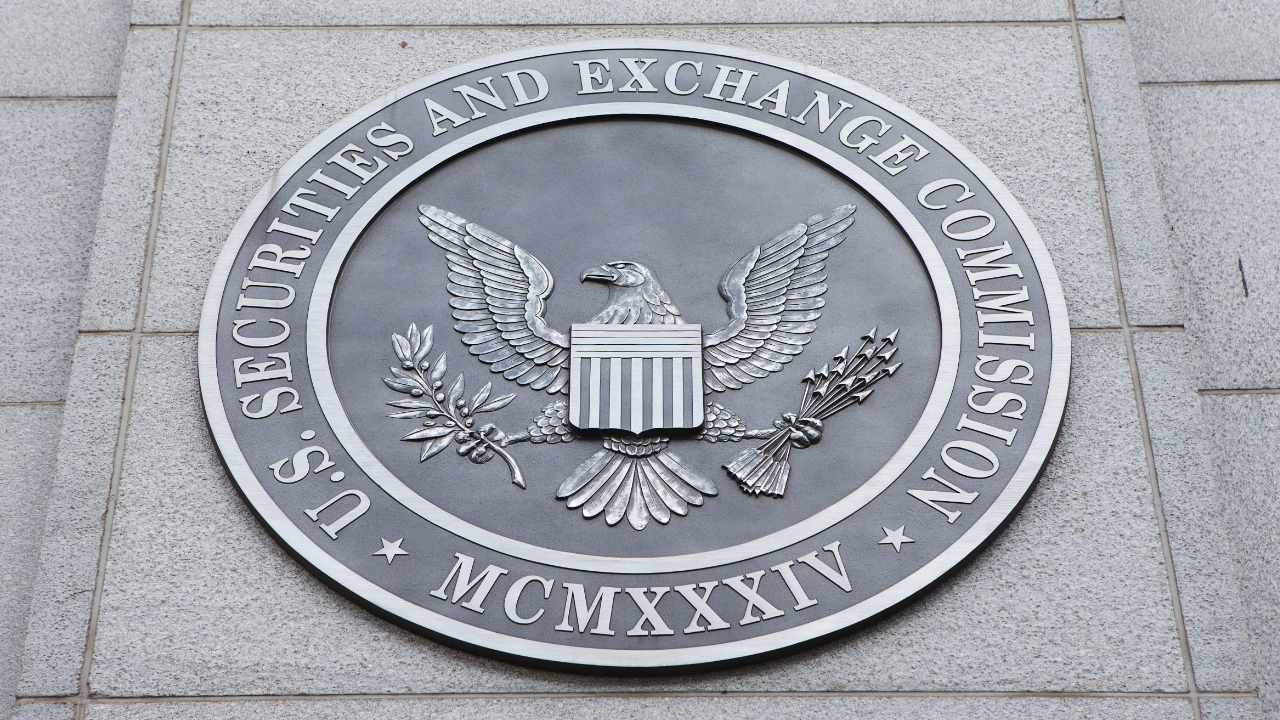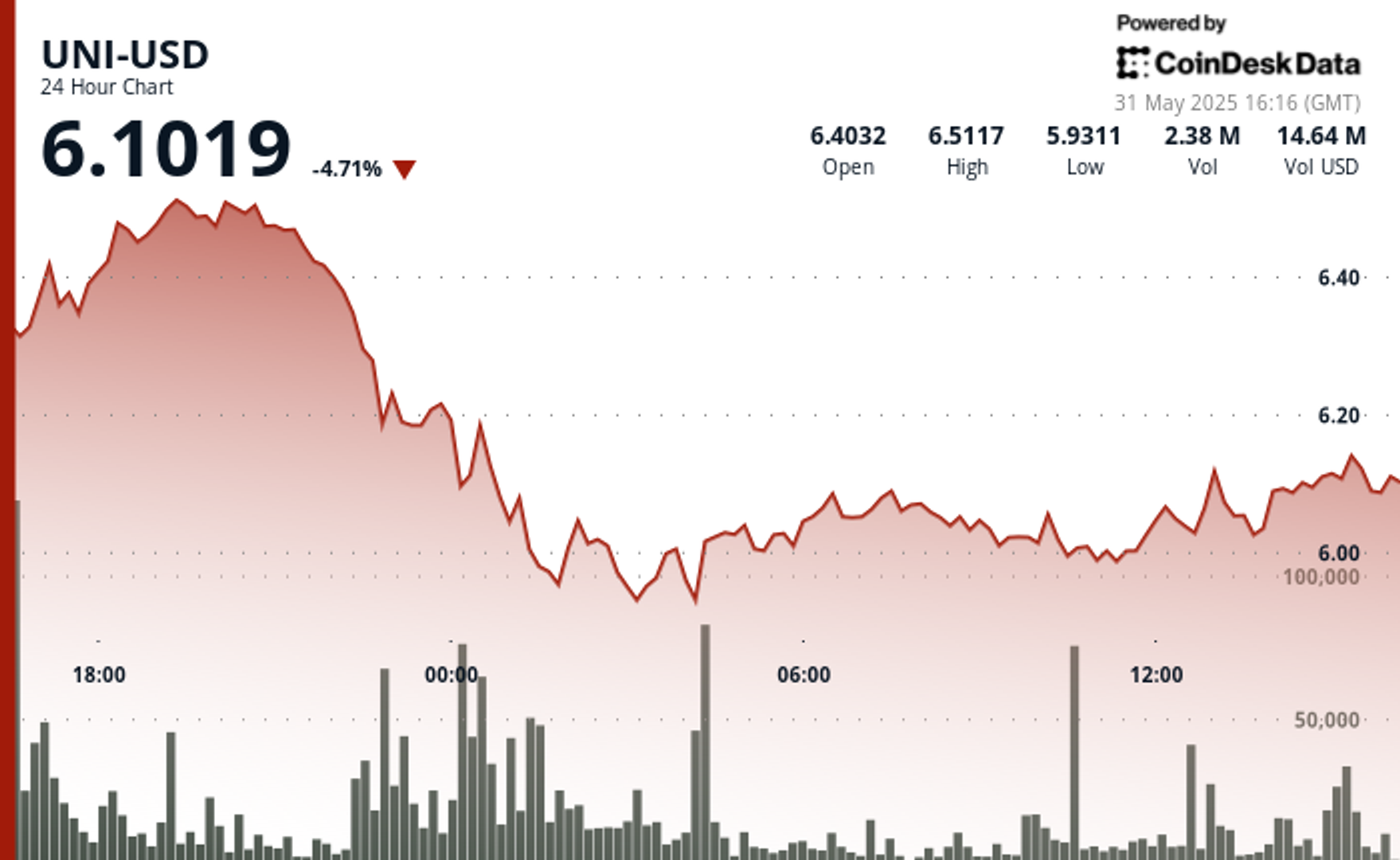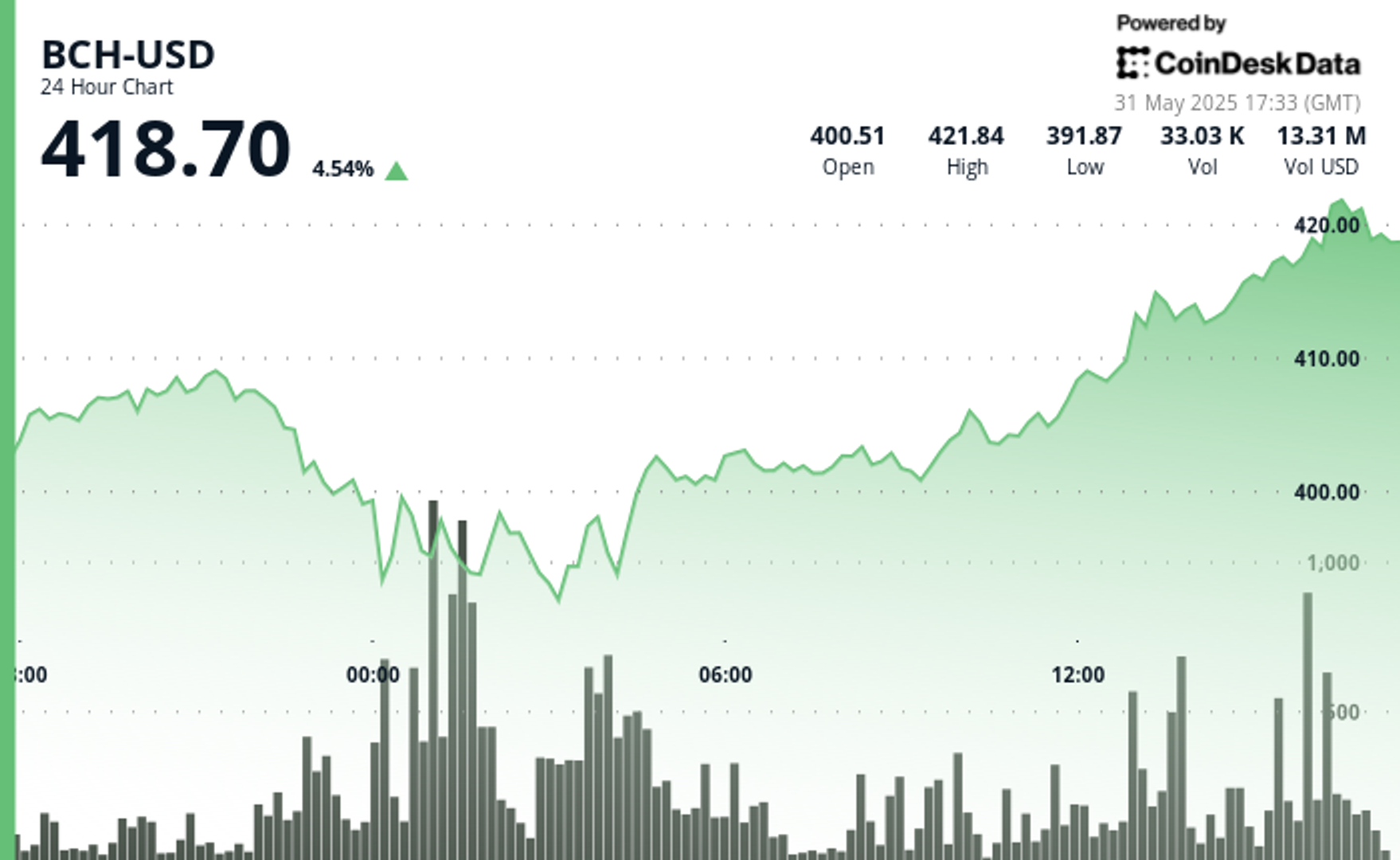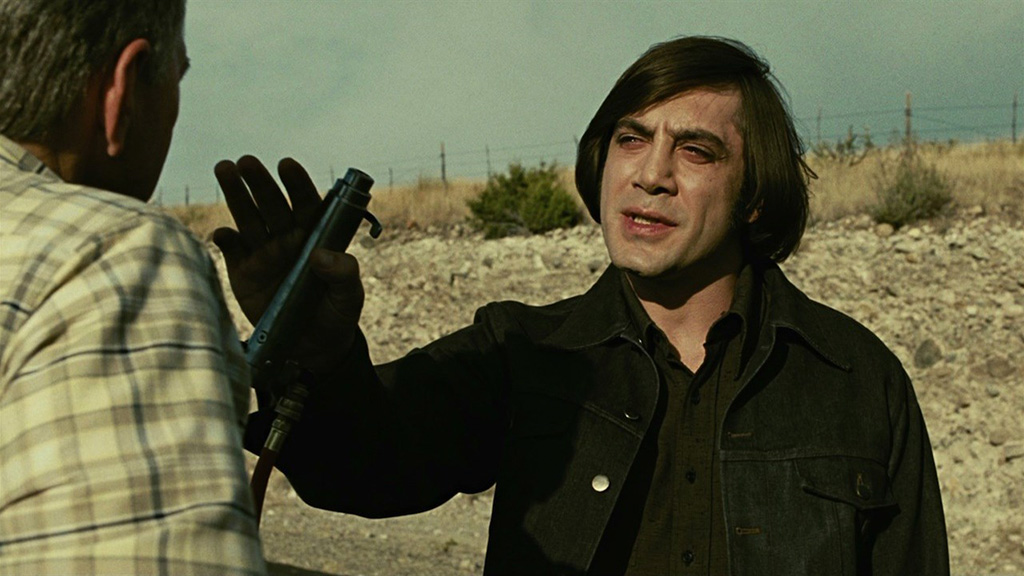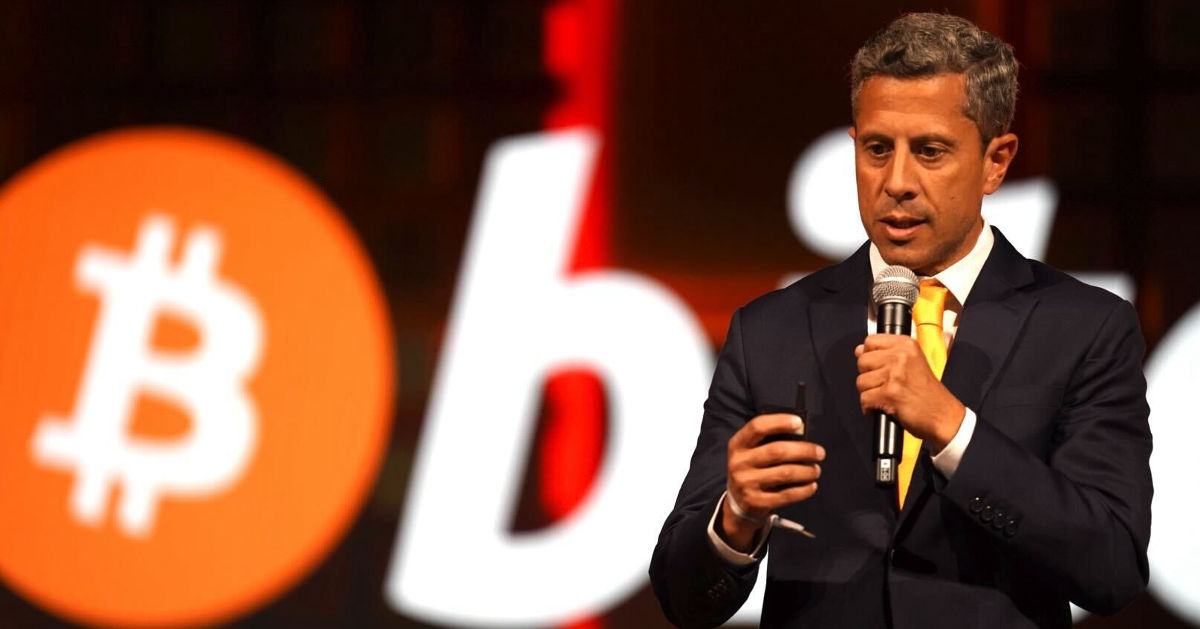The boomerang era: A slew of former CEOs are suiting up once more to take top roles at their old companies
From Novo Nordisk to UnitedHealth, former chief executives are returning to guide their former organization in times of trouble.

The hiring and firing of a company’s chief executive is the board’s most essential task—and yet struggling companies are still reaching back into history to find their next leader.
This week the ski resort company Vail said that CEO Kirsten Lynch was stepping down, and would be replaced by former CEO Rob Katz. The news followed recent announcements about other so-called boomerang CEOs at UnitedHealth, and drugmaker Novo Nordisk. At the former, Stephen Hemsley, board chairman and a former longtime CEO returned after ex-chief Andrew Witty retired, citing “personal reasons.” At the pharmaceutical giant, former longtime CEO Lars Rebien Sørensen was called in to help the board find a replacement for outgoing chief Lars Fruergaard Jørgensen.
The appeal of returnee leaders is clear: They can take over and begin steering a wayward company immediately. For them, there is no learning curve, and they typically know the industry and the firm’s dynamics intimately. Furthermore, their presence can help bring calm to investors, and can help provide temporary stability as the board searches for the next innovative leader.
But board experts tell Fortune that choosing a boomerang CEO is risky precisely because it upends the point of succession planning: looking ahead to find the right leader for a future era. It may also send the wrong signal to the investors about a company’s internal culture and the board’s effectiveness—while worrying some top employees.
“When you go backward, you are reaching back to someone who was very successful in a different scenario,” says Deb Rubin, head of board, CEO and teams at RHR International, a global leadership consulting firm. “Their playbook might still be applicable, but it might not.”
How boomerangs fail
Boomerang CEOs do not telegraph that a company is irreversibly off-track. In recent history, leaders like Apple’s late cofounder Steve Jobs and Starbucks’ longtime CEO Howard Shultz have ricocheted back to their old jobs, often with astounding success.
But boards should be wary of going the boomerang route, says Jeanne Branthover, managing partner of global financial services at executive search firm DHR Global. Looking backward could signal to the market that the board or outgoing CEO were not doing their job, by failing to build a deep bench of talent for the CEO role or by allowing a former CEO-turned-chair to have too much influence. The move could also be risky considering the ways that business has transformed over the past decade with the rise of things like AI and remote work. Boards, she says, must ask: “Is it the right thing to bring back someone that didn’t lead during this time?”
Another downside to appointing a former CEO? Senior leaders who saw themselves on the road to the corner office may be discouraged and leave, Branthover notes. “Whatever leader you’re bringing in, it’s giving everybody a message,” she says.
Data suggests that returning CEOs are unlikely to see the same returns that made them star leaders in their first turn at the corner office. A study led by researchers at the University of North Carolina compared the tenure of 6,000 CEOs and found that boomerang CEOs did slightly worse, in terms of delivering returns, than CEOs who were new to the role. This was especially true when the returning CEO was also a founder.
The context matters
Despite the lackluster track record of boomerang CEOs, there are situations in today’s business environment in which a company can bring in a former leader without indicting its own succession strategy, say board whisperers.
Consider, for example, that there is a declining interest in the grueling job of running a public company, leading to a succession crisis for many firms. And in recent years, several black swan events—like pandemics and wars—have taken boards by surprise, forcing companies to accelerate succession planning. Sometimes, too, an activist investor will buy a stake in a company and demand a return of the steady hand, whether that information becomes public or not.
The most recent spate of boomerang CEOs illustrates how many factors—other than a board’s lack of preparedness—can play into the decision to invite an old CEO back.
At Vail, ex-CEO Lynch oversaw a tenure marked by a contentious 12-week labor strike, one that led to viral photos of crowded ski hills and a loss of market share. The ex-CMO, who was promoted to the corner office in 2021, was also targeted by a minority shareholder activist investor, Late Apex, who had called for Lynch’s ouster.
At UnitedHealthcare Group, Stephen Hemsley, board chairman and a former longtime CEO, has returned as CEO after ex-chief Andrew Witty retired for “personal reasons.”
Witty’s resignation is likely tied to performance problems: the company reported dismal quarterly earnings recently and saw its stock price sink. What’s more, the Department of Justice is investigating UnitedHealth for alleged Medicare fraud.
But the company also endured the shocking murder of one of its top executives, UnitedHealthcare CEO Brian Thompson, in December. That was followed by a social backlash against the firm, rather than the murderer, which in turn forced the CEO to acknowledge healthcare’s shortcomings.
At both companies, tapping ex-CEOs for a second stint may yet prove to be the best, if not the only, viable option for moving ahead.
This story was originally featured on Fortune.com





























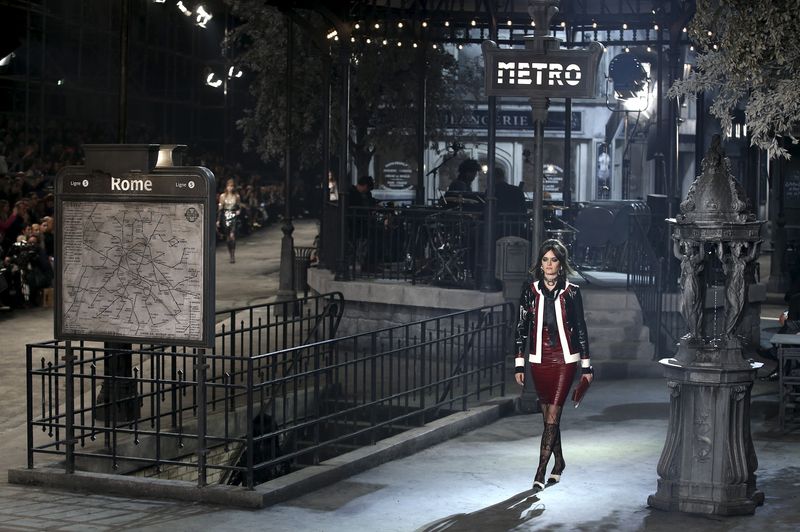







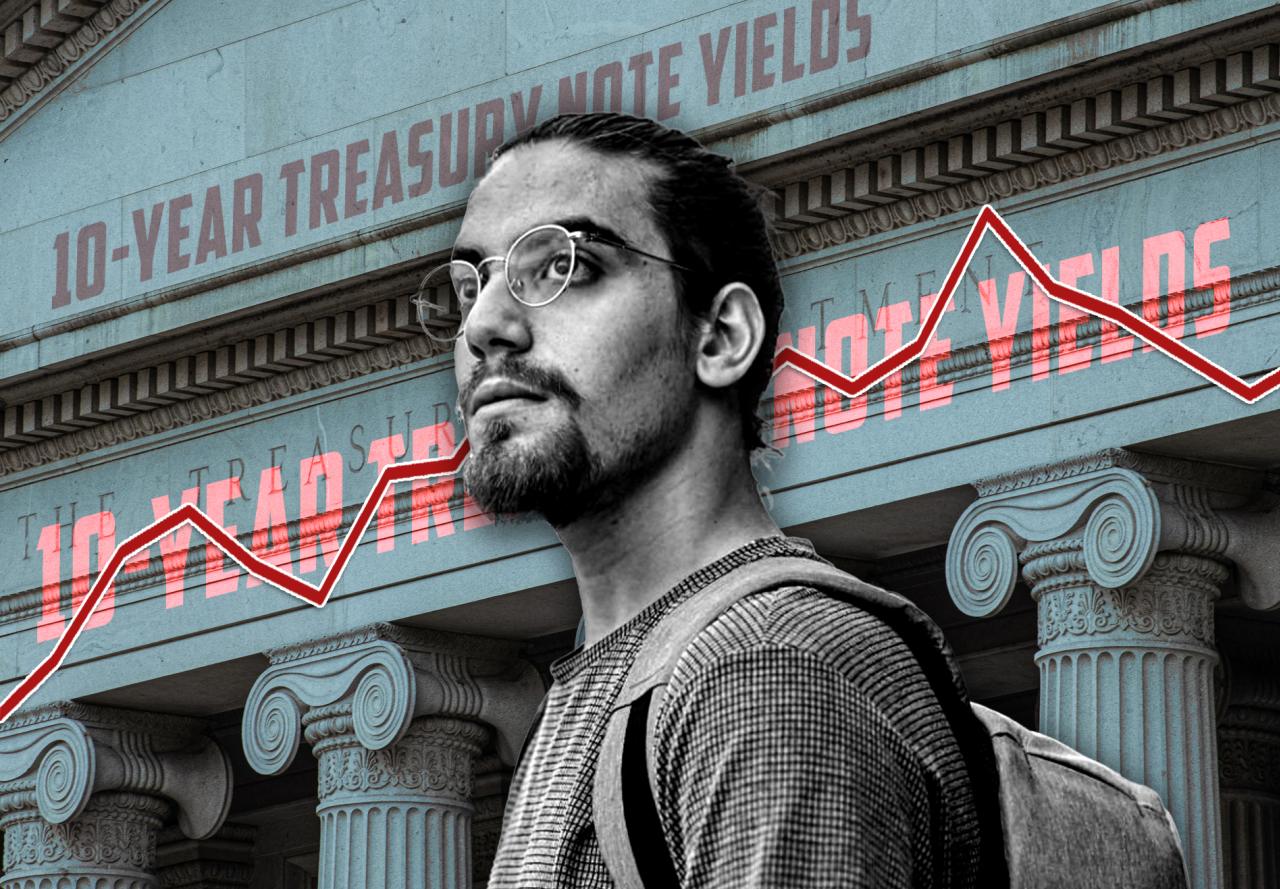



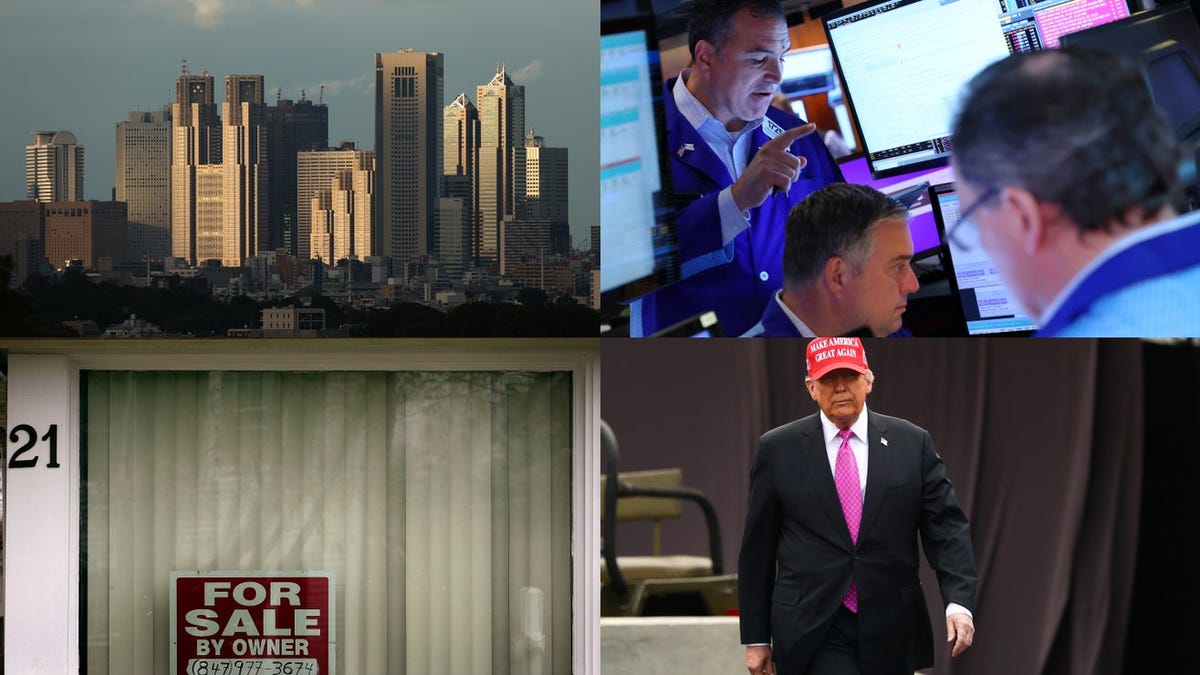
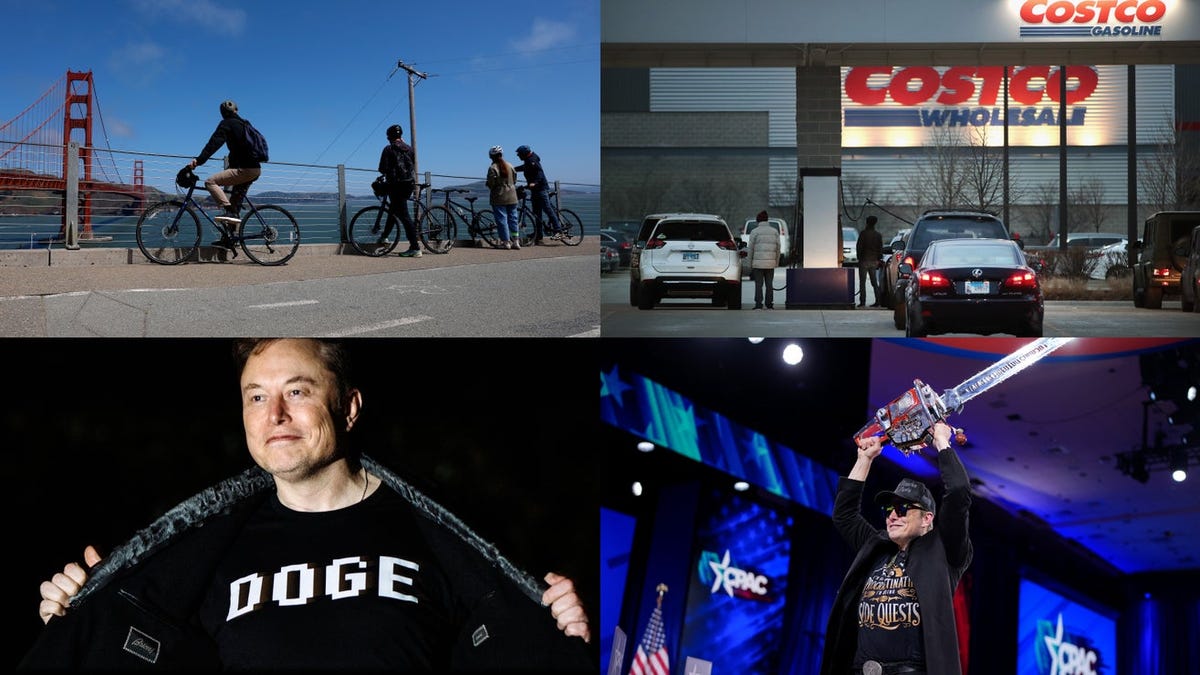









![[Weekly funding roundup May 24-30] Capital inflow continues to remain steady](https://images.yourstory.com/cs/2/220356402d6d11e9aa979329348d4c3e/Weekly-funding-1741961216560.jpg)

































